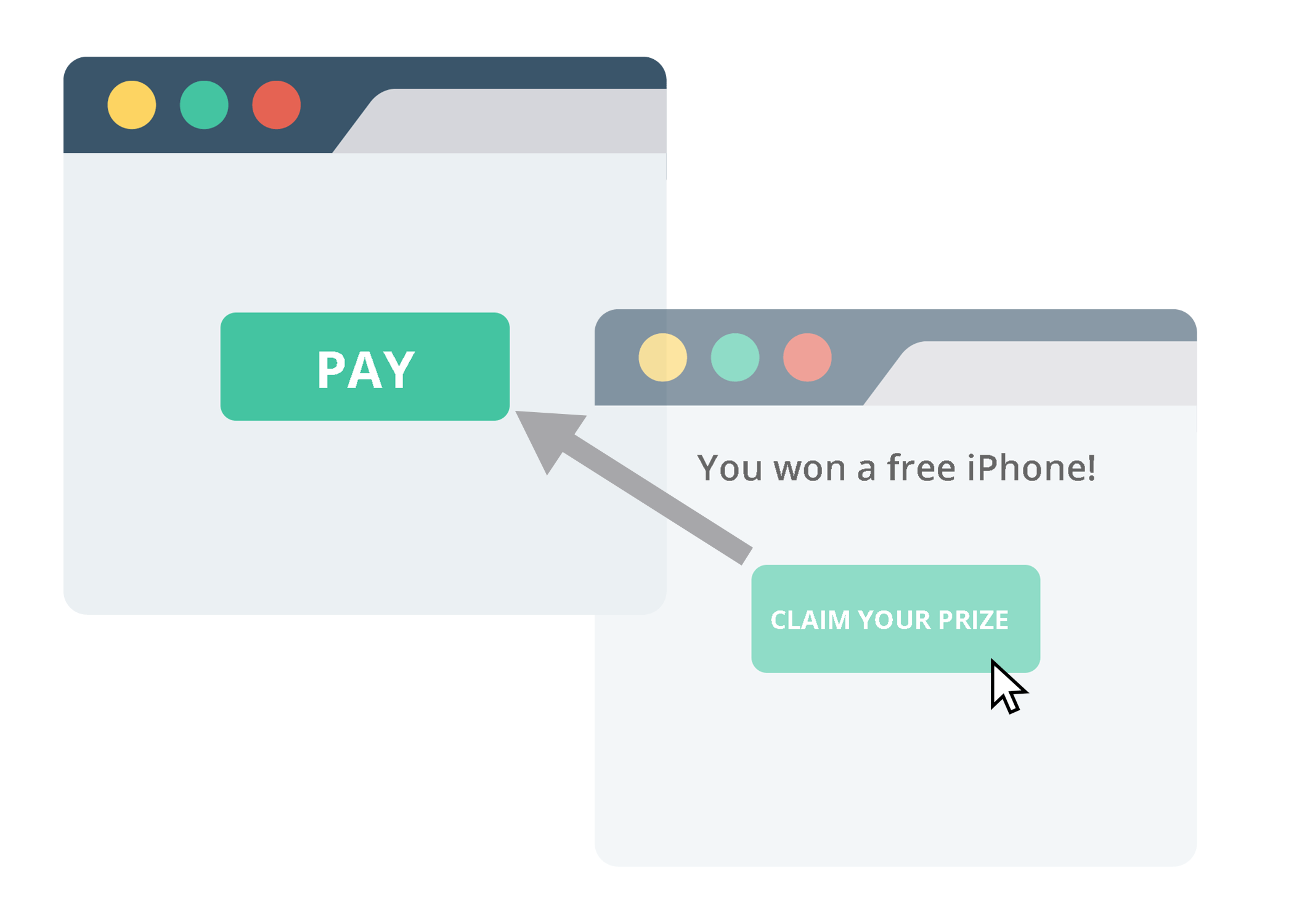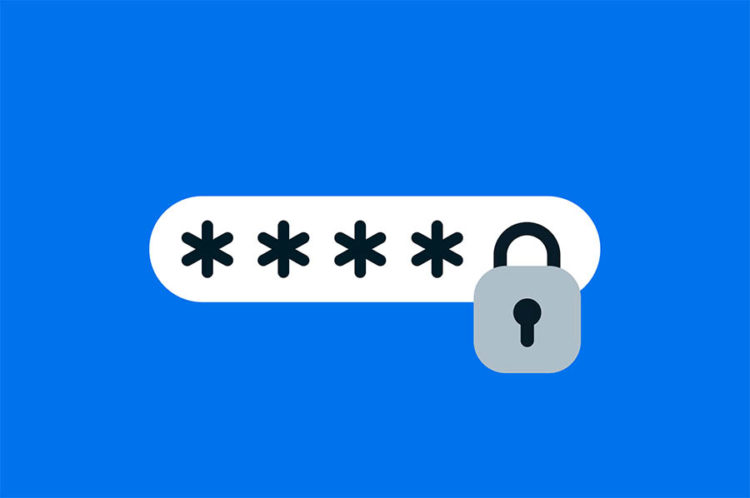
What is a WAF (Web Application Firewall)?
A Web Application Firewall (WAF) is an important tool for any website owner. It provides a layer of security that helps protect against malicious attacks such as SQL injection, cross-site scripting,[…]

What is HTTP Strict Transport Security (HSTS)?
Have you ever heard of HSTS, and wondered what it is? HSTS stands for HTTP Strict Transport Security, and is a web security protocol that helps protect websites from various attacks[…]

What is Typo-squatting?
Typosquatting is a type of cyber attack where a malicious actor registers domain names that are similar to popular websites, hoping to trick users into visiting their malicious sites. In this[…]

What is DMARC?
Email security is a top priority for businesses today, and DMARC is a key element in ensuring that your emails are properly protected. DMARC, or Domain-based Message Authentication, Reporting & Conformance,[…]

What is DKIM (DomainKeys Identified Mail)?
DKIM (DomainKeys Identified Mail) is an email security standard designed to help protect businesses and end users from malicious emails. It works by using a digital signature to authenticate emails sent[…]

What is SPF (Sender Policy Framework) in email security?
Email security is one of the most important aspects of keeping your data and information safe. One of the key components of email security is SPF (Sender Policy Framework). SPF is[…]

What is DNSSEC?
In today’s digital world, we rely on the Domain Name System (DNS) to connect us to websites, applications, and services. Unfortunately, DNS is not as secure as it could be, making[…]

What is click-jacking and how to protect against it?
Click-jacking is a serious security risk that affects millions of internet users every year. In its most basic form, click-jacking is a technique used by malicious actors to deceive a user[…]

What is password entropy and why does it matter?
Password entropy is a measure of how secure a password is against guessing. It takes into account the length, complexity, and randomness of the password to calculate the likelihood that an[…]

Why is SSL (TLS) important for the modern web?
Over the past few years, the importance of SSL/TLS has grown exponentially in the web world. SSL/TLS has become an essential part of any website’s security, and it is important to[…]
